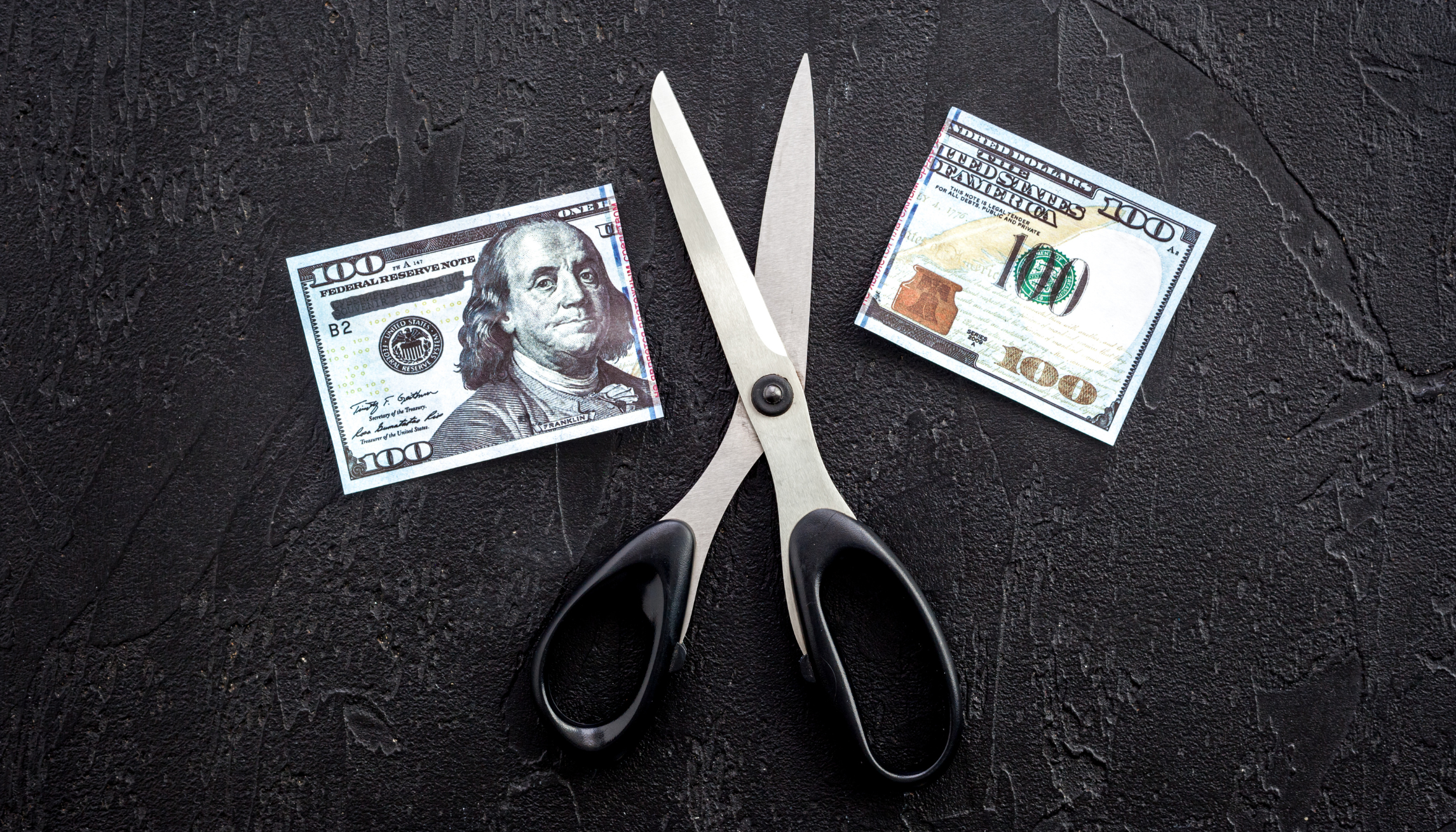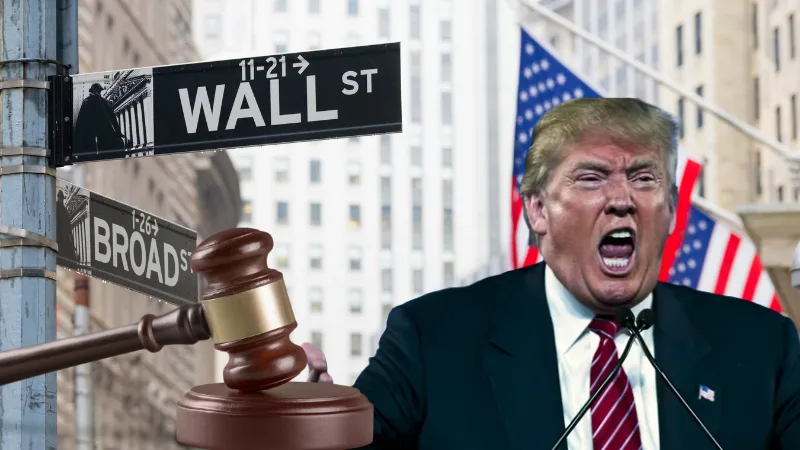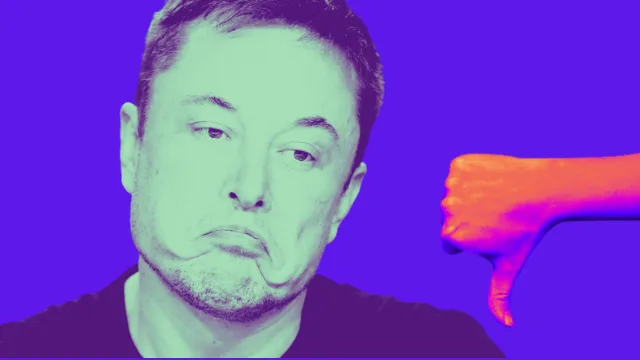The United States dollar may have soared against other major currencies in 2022, but big banks believe there are growing signs that it is past its peak.
According to banks like Goldman Sachs and Charles Schwab, the dollar’s surge last year was largely due to the high and rapid interest rate increases by the Federal Reserve.
With the Fed now tightening and pulling back on its monetary policy and more positive impulse in growth coming out of Europe and China, Goldman Sachs is predicting a decline for the dollar.
Kamakshya Trivedi, the head of currencies, interest rates, and emerging markets strategy in Goldman Sachs Research, said that mix overall (better global growth coupled with more predictable and a more ordinary hiking cycle in the U.S.) is a very “negative mix for the dollar.”
“We think the dollar has peaked,” he said during a speech at the 2023 Global Strategy Conference. “We don’t think we’re going to revisit the highs in the dollar that you saw at the peak of UK fiscal fears last year.”
He added, “Even with the dollar depreciation that you’ve seen so far from its peak, the dollar remains a pretty overvalued asset. There’s a fair amount of over-evaluation to unwind.”
He thinks that will be seen over the next 12 months.
However, Trivedi said to see a sustained weakening in the dollar, there needs to be evidence of macro developments aligning (which he said they have) and sustained shifts in capital flows.
“You need to see something like you saw in 2017, the last [time] there was a big dollar down market, where financial market flows moved away from dollar assets toward more European assets, assets in the rest of the world.”
Trivedi said that process has barely started, adding that it needs to go a lot further.
However, he did point out that the dollar still has some advantages and the possibility for a second wind.
Goldman Sachs sees the European Central Bank (ECB) being the most “hulkish” bank across the G10 world, estimating it will be raising rates by 50 basis points. While the U.S. is set to deliver the least amount of rate hikes over 2023, which Trivedia will be partly due to significant market price rate cuts in the second half of the year.
“We don’t think a U.S. recession should be a base case,” he said. “We don’t think those cuts are going to be delivered. But it may take longer until the market aligns with that view.”
He said, “You need to get closer to the second half of the year with resilient growth in order for the market to come along to our view that those cuts are not going to be delivered to take out that cut pricing. That’s the point also potentially where you might see a pickup in commodity prices. The U.S. economy is also more resilient to the interest rate hikes that have been delivered in parts of the world, and so you might see phases of dollar strength over the next three to six months.”
Yet, he said the broader trend should still be dollar weakness over that period.





